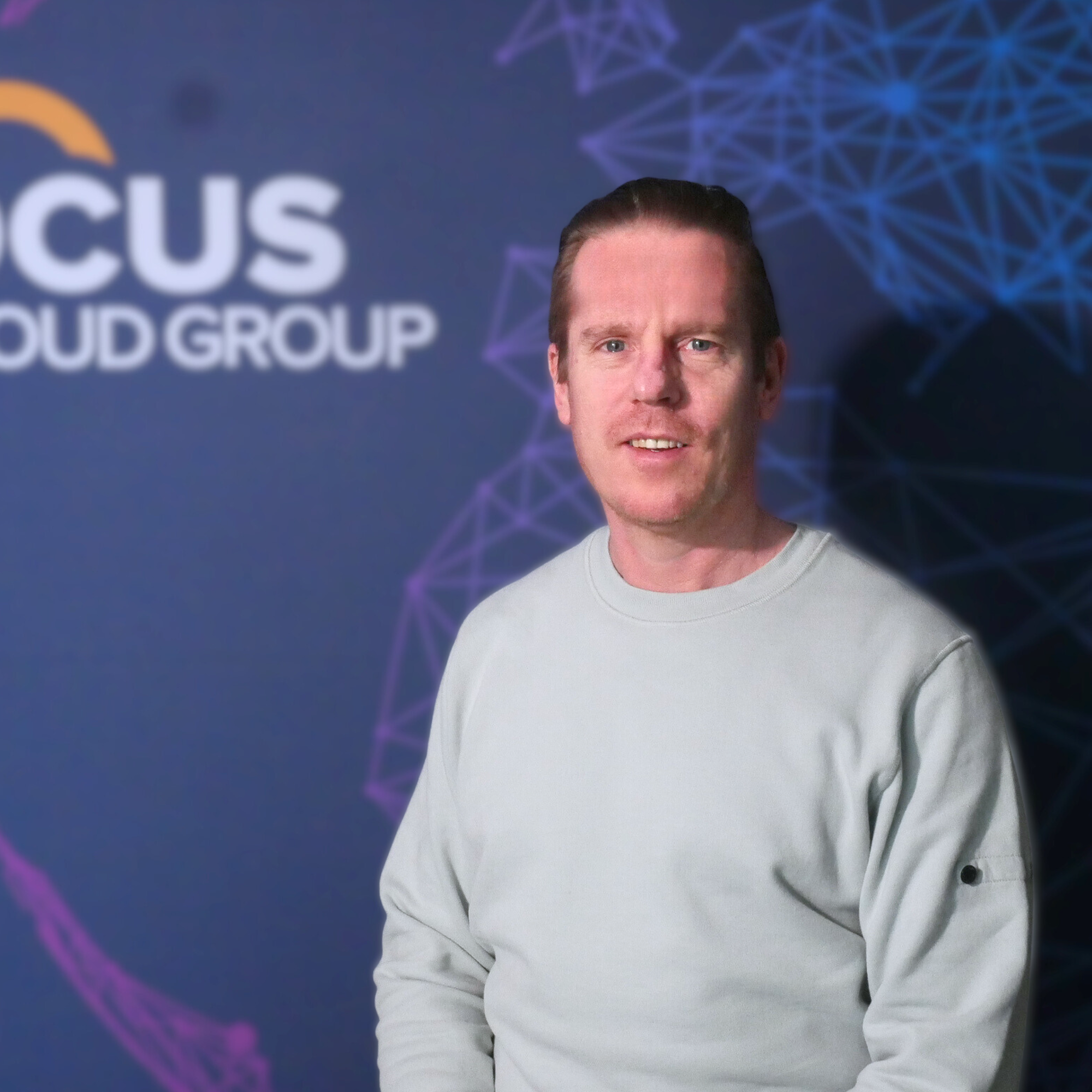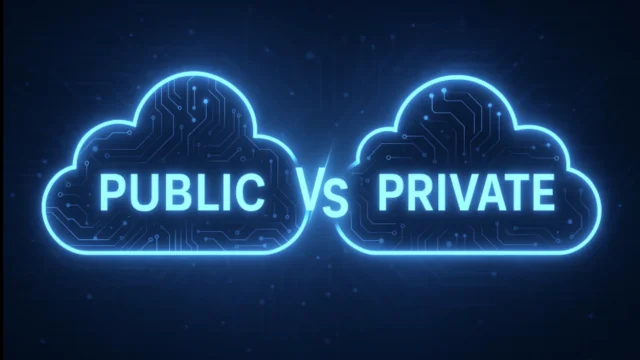Workday implementations come with high expectations and even higher complexity. To unpack what drives success, we spoke with Ānand Iyer for our Interviewing the Experts series. Ānand is a seasoned Global HRIS Director with over a decade of experience in the Workday ecosystem.
He has led multiple global Workday implementations across industries including life sciences, fintech, retail, food services, and infrastructure. He’s worked in both permanent and consultative roles, and has served on advisory panels for Workday and the Information Technology Association of America (ITAA), helping shape global standards for SaaS solutions. His experience spans full lifecycle implementations, optimisation, stakeholder engagement, and change management.
If you're preparing for a Workday HCM, Financials, or full-platform go-live, these expert insights are essential reading.
What does a good Workday implementation team look like?
It depends on the Workday SKUs and the functionality being implemented. The ideal team includes a Programme Manager and Functional Leads for each area: HCM, Security, Compensation, Talent Management, Integrations, Reporting & Dashboards, and others, each with an appropriately sized support team. The entire team should be Workday certified.
How important is internal Workday expertise during and after implementation?
It’s critical to have a Workday-skilled leader on the customer side who understands design and configuration. HRIS and stakeholder leaders should also receive foundational training at the start of the process, else they can’t make informed decisions.
For ongoing support, budget must be allocated for training. Workday releases updates twice a year, and customers should follow the same approach as Partner consulting firms by maintaining internal certifications and training via PRO tracks.
What are the biggest industry-specific differences when implementing Workday?
Recruiting and onboarding processes vary widely by industry. A retail business may need evergreen requisitions to handle seasonal hiring spikes, while a food services company may prioritise driver compensation due to market shortages. A software company, on the other hand, may function well with fully remote teams.
Staffing models and recruiting methods must be accurately reflected in the system design to support these unique operational needs.
How do you leverage the best of Workday during implementation?
Customers must be open to evolving beyond legacy processes to take full advantage of Workday’s object-based architecture. Educating stakeholders, from CHROs to SMEs, on Workday’s value proposition is essential.
Understanding how Workday differs from traditional relational database systems empowers better decision-making and long-term system optimisation.
What are the biggest challenges when moving from or integrating legacy systems?
The challenges are best classified as Resources and Business Decisions.
Resources: Skilled data mapping, conversion, and integration are essential. Workday Studio integrations require both Workday knowledge and technical expertise, including awareness of data privacy and security requirements. Core HCM and Security skills are also critical to support accurate org structures.
Business decisions: Staffing models, security configurations, process flows, and reporting setups all require careful planning. Minor missteps can have significant downstream impacts, especially on integrations and data accuracy.
What should organisations prioritise post-implementation?
Your HRIS team must be fully prepared to manage the system operationally. A dedicated resource is needed for each core function: Core HCM, Security, Compensation, Benefits, Time Tracking, Reporting, and Integrations.
Investing in internal expertise for Security and Integrations pays off. Teams should engage with Workday Community, adopt strong change management practices, and regularly review usage metrics to identify areas for improvement. Tools like Kainos Smart Test can automate testing and reduce risk during biannual Workday updates.
Need top-tier Workday talent for your project? Speak with our specialist Workday recruitment consultants to access the experts who can lead your implementation to success, and keep it optimised long-term.
All information correct at the time of original release (Oct 2022).




